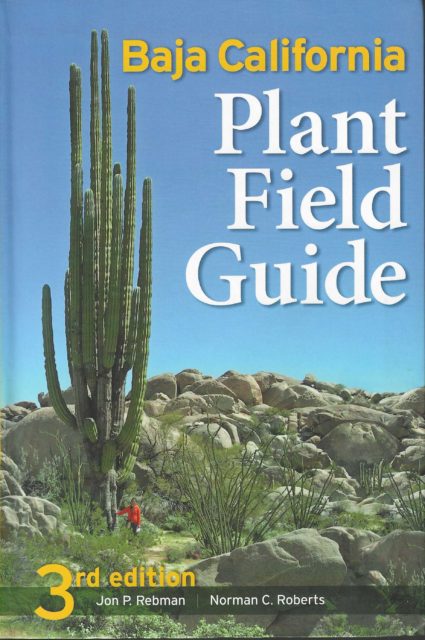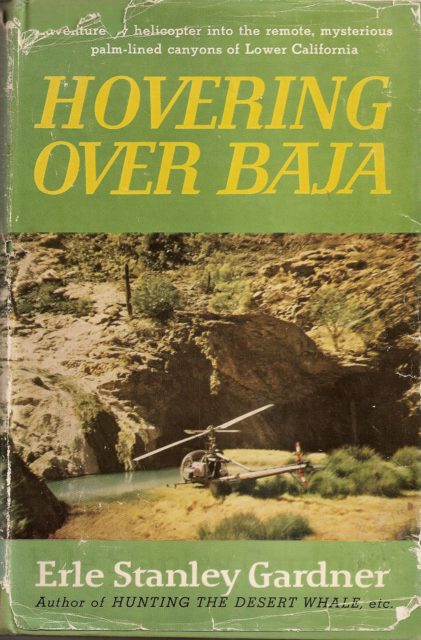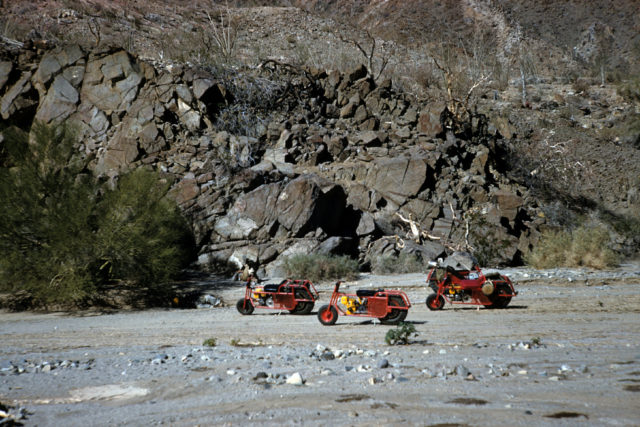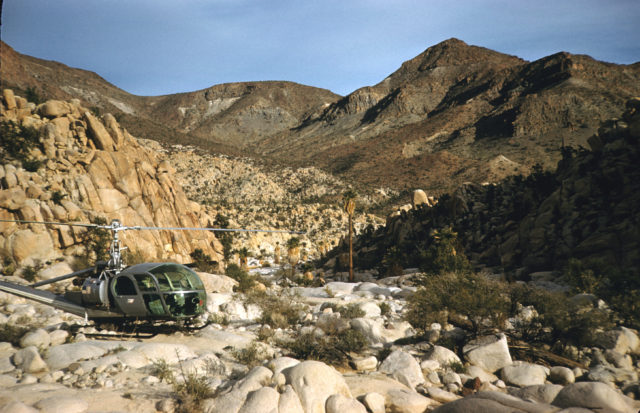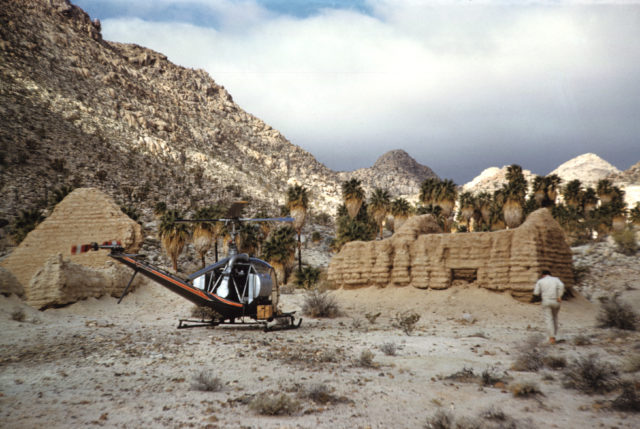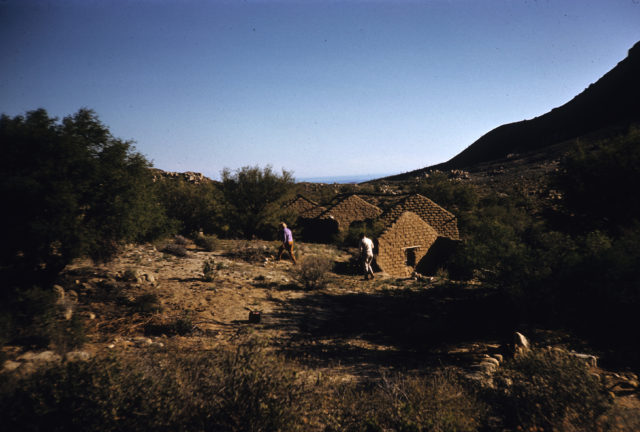
https://collections.lib.uwm.edu/digital/collection/agdm/id/3...
The route shown from Calamajue to Asamblea could be pretty much the same one taken by the people in Del Barco's account.
The location also appears on this one
https://octopup.org/img/misc/forums/bajanomad/maps/1923-1928...


